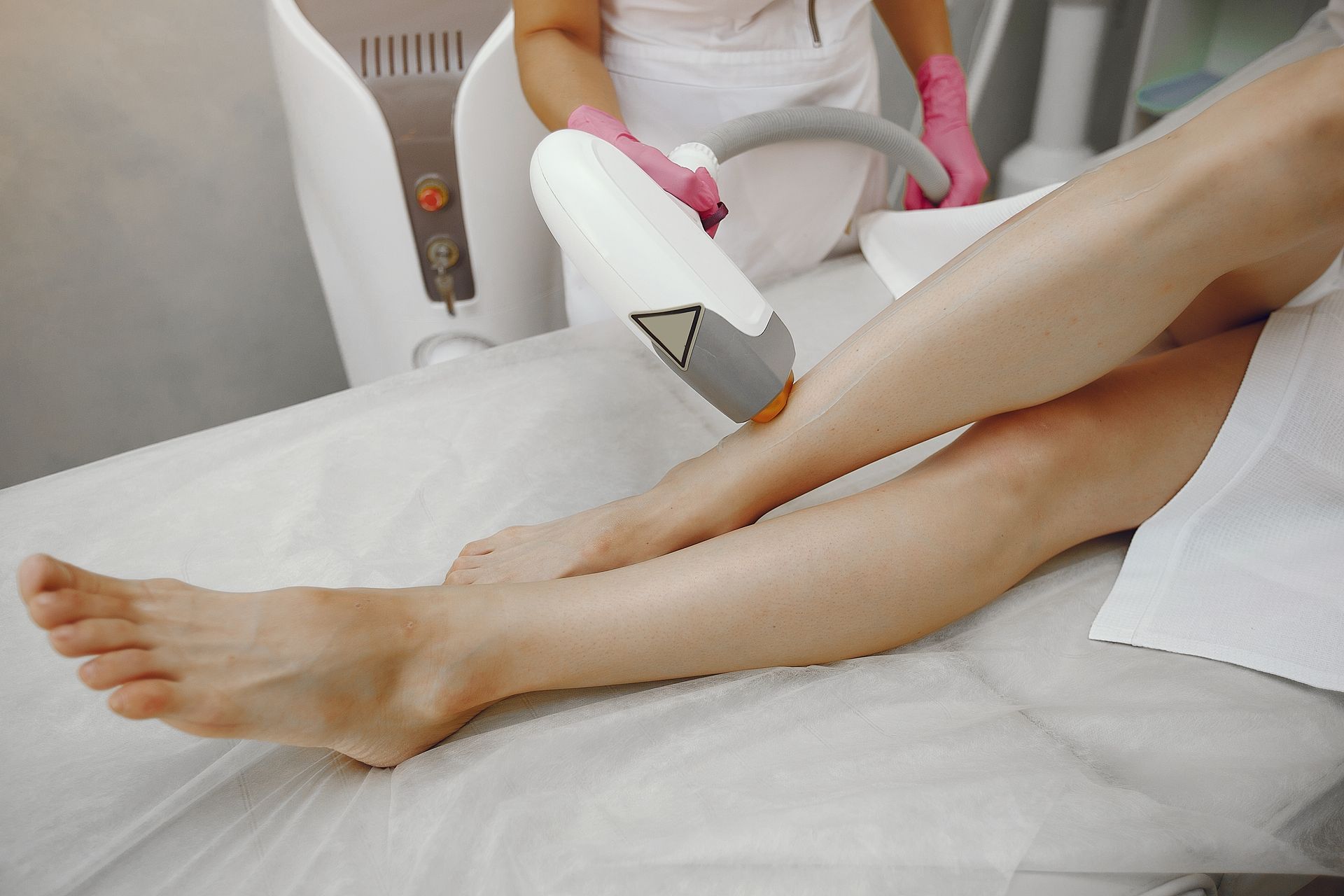What People Frequently Ask About Laser Hair Removal
Laser hair removal has gained immense popularity as a long-term solution for unwanted hair. However, many people have questions before opting for this treatment. Here, we address the most common questions about laser hair removal, providing detailed and comprehensive answers to help you make an informed decision.
1. What is Laser Hair Removal?
A laser hair removal procedure uses concentrated light beams (lasers) to target and destroy hair follicles. The pigment in the hair absorbs the light, which then converts to heat and damages the follicles, inhibiting future hair growth. This method is widely used for removing hair from the face, legs, arms, underarms, bikini line, and other areas.
2. How Does Laser Hair Removal Work?
The process involves the following steps:
- Consultation: A consultation with a certified technician or dermatologist to determine if you are a suitable candidate for the treatment.
- Preparation: Shaving the treatment area a day before the session to ensure the laser targets the hair follicles effectively.
- Procedure: During the session, a laser device is moved over the skin, emitting light pulses that penetrate the hair follicles.
- Post-Treatment Care: Applying soothing creams and avoiding sun exposure to protect the treated skin.
3. Is Laser Hair Removal Permanent?
Despite the fact that laser hair removal significantly reduces hair growth, it is not guaranteed to be permanent. Most individuals experience long-term hair reduction, but periodic maintenance sessions might be required to keep the area hair-free. The results vary depending on individual factors such as hair type, skin type, and hormonal influences.
4. How Many Sessions Are Needed?
In order to achieve optimal results, multiple sessions are typically required. The average number of sessions ranges from six to eight, spaced about four to six weeks apart. Hair grows in cycles, and the laser is most effective during the growth phase (anagen phase). Multiple sessions ensure that all hair follicles are targeted during this phase.
5. Is Laser Hair Removal Painful?
Individuals experience different sensations during laser hair removal. Some describe it as a mild pinprick or a rubber band snapping against the skin. Most modern laser devices come with cooling mechanisms to minimize discomfort. Topical anesthetic creams can also be applied to sensitive areas to alleviate pain.
6. What Are the Side Effects of Laser Hair Removal?
Common side effects are generally mild and temporary, including:
- Redness and Swelling: These typically subside within a few hours to a couple of days.
- Skin Irritation: Some individuals may experience temporary irritation or discomfort.
- Pigment Changes: Rarely, the treated area may become lighter or darker, especially in those with darker skin tones.
Severe side effects are rare but can include blistering, scarring, or changes in skin texture. It's essential to follow pre- and post-treatment care instructions to minimize risks.
7. Who is a Suitable Candidate for Laser Hair Removal?
Laser hair removal is effective for most people, but it works best on individuals with light skin and dark hair due to the contrast between the hair pigment and skin. Advances in technology have made it possible to treat various skin tones, but the results may vary. A consultation with a qualified professional can help determine if you are a suitable candidate.
8. Can Laser Hair Removal Be Done on Any Part of the Body?
Laser hair removal can be performed on nearly any part of the body where unwanted hair grows, including:
- Face: Upper lip, chin, and sideburns.
- Body: Legs, arms, underarms, and back.
- Bikini Area: Bikini line and Brazilian.
- Others: Chest, abdomen, and neck.
9. How Should I Prepare for a Laser Hair Removal Session?
Preparation steps include:
- Avoid Sun Exposure: Refrain from tanning or sunbathing for at least two weeks before the treatment.
- Shave the Area: Shave the treatment area 24-48 hours before the session. Avoid waxing or plucking, as these remove the hair follicles targeted by the laser.
- Avoid Certain Products: Do not use skincare products that cause photosensitivity, such as retinoids or certain antibiotics, a few days before the treatment.
10. What Should I Expect After the Treatment?
Post-treatment care is crucial for optimal results:
- Avoid Sun Exposure: Keep the treated area out of direct sunlight and use broad-spectrum sunscreen.
- Moisturize: Apply soothing creams or aloe vera to reduce irritation.
- Avoid Heat: Refrain from hot showers, saunas, and strenuous exercise for 24-48 hours post-treatment.
11. How Much Does Laser Hair Removal Cost?
The cost of laser hair removal varies based on factors such as the size of the treatment area, the number of sessions required, and the clinic's location. A single session can cost between $100 and $800 on average. It can be more cost-effective to purchase a package for multiple sessions at a clinic.
12. Are There Alternatives to Laser Hair Removal?
Alternatives to laser hair removal include:
- Waxing: Temporary hair removal that pulls hair from the root.
- Shaving: Quick but requires frequent maintenance.
- Electrolysis: A permanent hair removal method using electric currents but can be time-consuming and more painful.
- Depilatory Creams: Chemical creams that dissolve hair but can cause skin irritation in some individuals.
Conclusion
Using laser hair removal for long-term hair reduction is a popular and effective method. Understanding the process, potential side effects, and post-treatment care can help you make an informed decision. Whether you are considering this treatment for convenience or cosmetic reasons, consulting with a qualified professional is essential to achieve the best results and ensure your safety.
BOOK YOUR FREE SESSION










